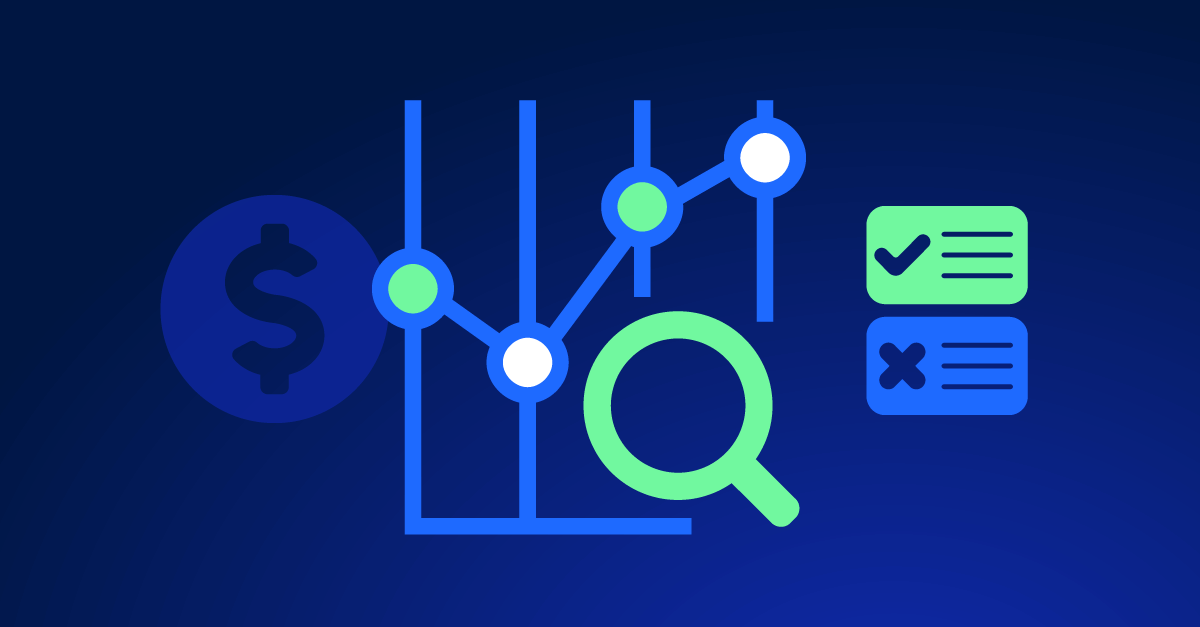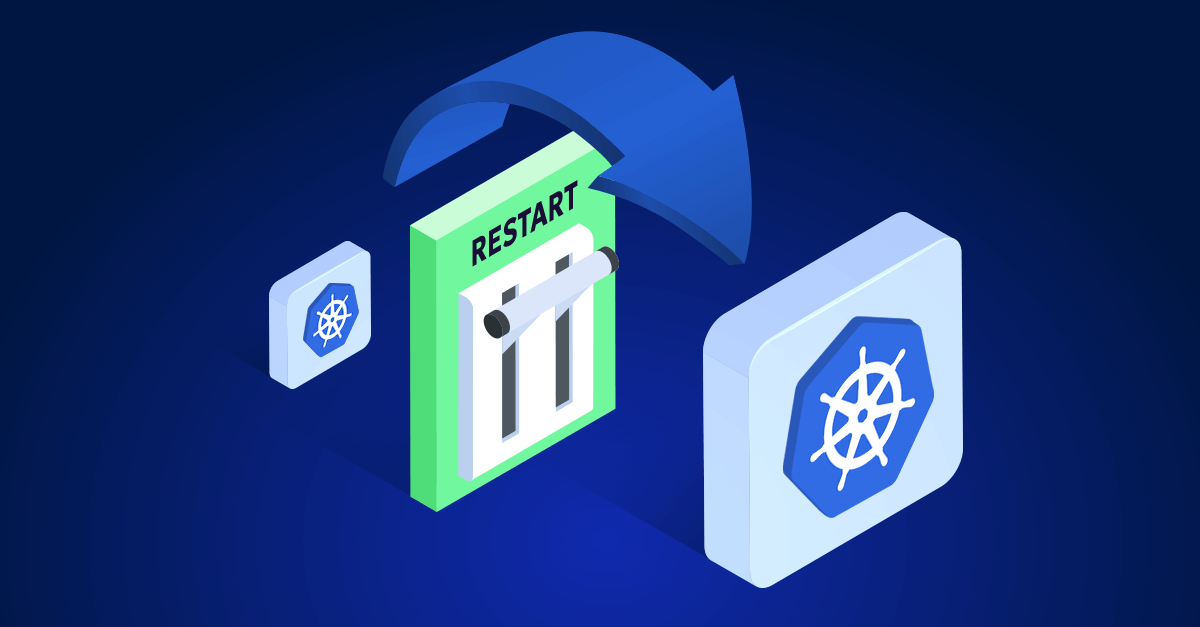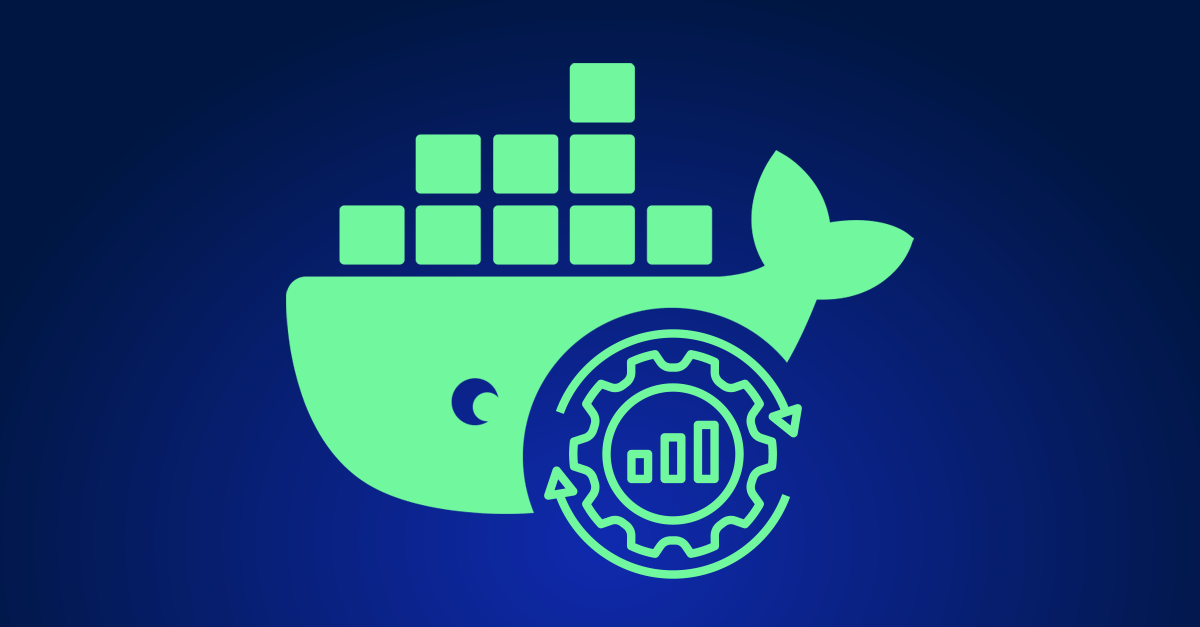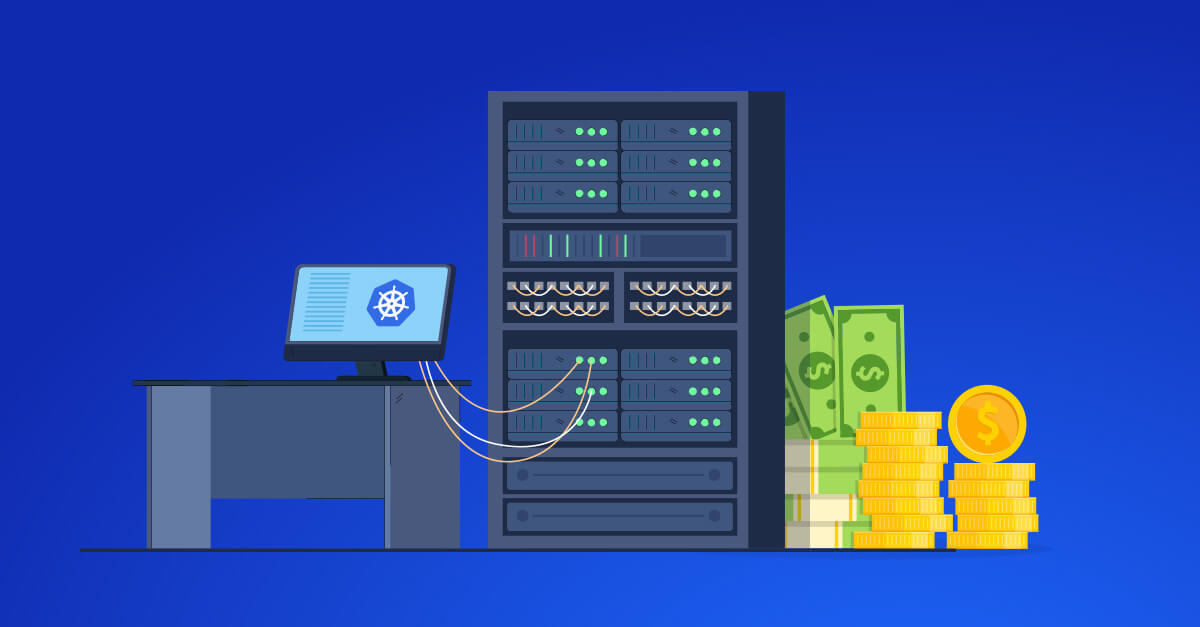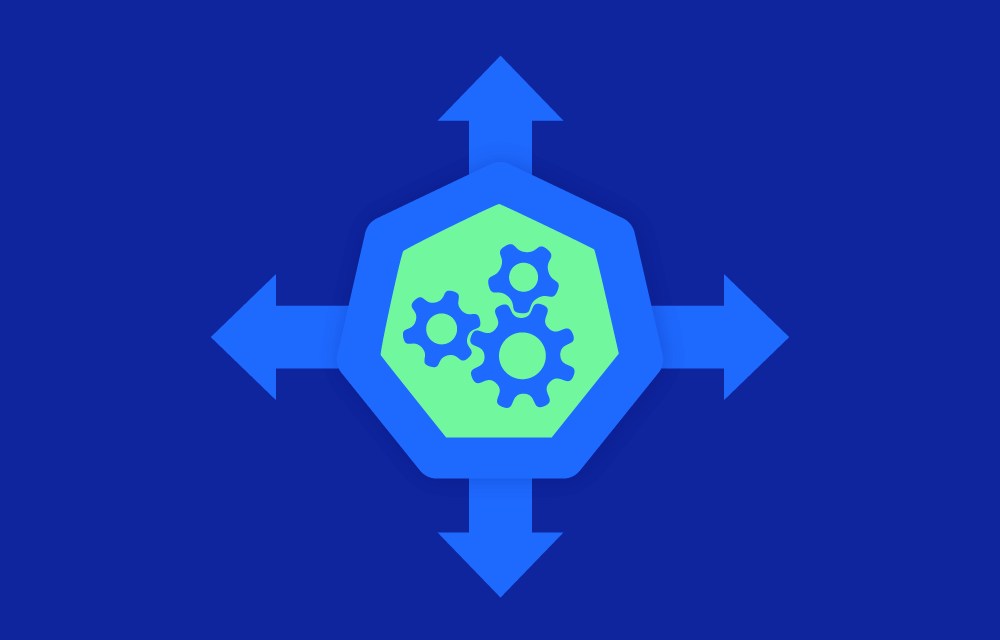If you’re managing AWS cloud costs, you’ve probably used AWS Cost Explorer to track and analyze your expenses. It’s a widely-used tool, but it comes with several specific limitations that can make comprehensive cost management challenging.
What Cost Explorer does well
Let’s start by diving into some of the great features that AWS Cost Explorer brings to the table. This tool is designed to help you monitor and manage your cloud expenses effectively, providing several key benefits:
- Cost Breakdown: AWS Cost Explorer provides a detailed breakdown of expenses by services, linked accounts, and tags. This feature helps you identify major expense areas and allocate costs accurately, giving you a clear picture of where your money is going.
- Budget Forecasting: It includes basic provisioning features that help predict future costs based on historical data. This can be incredibly useful for budget planning, allowing you to anticipate future spending and make informed financial decisions.
- Custom Reports: The tool allows you to create custom reports and dashboards to visualize spending trends over time. Whether you need to track monthly expenditures or analyze spending patterns, Cost Explorer offers a decent basic overview of your cost data.
Now that we’ve covered some of the strengths of AWS Cost Explorer, let’s shift our focus to where it falls short. While the tool has its advantages, several limitations can impact its effectiveness in providing a comprehensive view of your cloud spending.
Limitations of AWS Cost Explorer
1. Delayed data updates
One of the most significant drawbacks is the lag in data updates. Cost Explorer can have a delay of up to 24 hours, which means you’re often looking at outdated information. This delay can hinder timely decision-making and prevent you from addressing cost spikes promptly.
2. Complex navigation
The tool’s interface can become cumbersome when you need to drill down into detailed analysis. For example, getting to the specifics of resource-level costs involves navigating through multiple screens and manually aggregating data, which can be time-consuming and inefficient.
3. Limited customization
Dashboards and reports in Cost Explorer offer limited customization options. This limitation makes it challenging to tailor presentations for specific business needs or create detailed executive summaries that accurately reflect your financial data.
4. Inadequate granularity
Identifying the specific resources or activities driving costs can be difficult. Cost Explorer may not provide the detailed breakdown needed for precise cost attribution, which complicates the process of understanding and managing your expenses effectively.
5. Visibility without recommendations
Cost explorer presents raw data without offering actionable recommendations. As a result, you need to manually interpret the data and make decisions about cost optimization. This process can be less efficient and effective compared to using tools that provide prescriptive insights.
6. Delayed alerts
Cost Explorer lacks real-time alerting capabilities for sudden cost increases. Without timely notifications, you may miss opportunities to respond quickly to unexpected spending spikes, potentially leading to budget overruns.
7. Insufficient tagging options
While Cost Explorer supports cost allocation tags, the implementation can be limited. This affects the accuracy of tracking costs by specific projects or departments, making it harder to allocate expenses correctly.
8. Difficulties in cross-account billing analysis
The tool provides limited support for analyzing costs across multiple AWS accounts. This limitation complicates the management of shared resources and consolidated billing, which can be problematic for larger organizations.
9. Missing integration with BI-platforms
Cost Explorer has limited integration capabilities with BI platforms like Snowflake or Power BI. This limitation makes it difficult to incorporate Cost Explorer’s data into broader financial and operational systems. As a result, achieving a holistic view of your cloud spending can be challenging.
10. Export limitations
Exporting data from Cost Explorer can be cumbersome. For example, if you need to share cost reports with your team, the export options are limited. Integrating these reports into other financial systems often requires manual processing.
11. EC2-Other costs ambiguity
Costs categorized under “EC2-Other” can be vague, making it challenging to understand and analyze expenses associated with various EC2-related services and operations.
12. Poor visibility of reservations
Cost Explorer does not provide a clear view of reservation usage and savings. This lack of visibility makes it difficult to assess how well you’re utilizing reserved instances and whether adjustments are needed.
Zesty Insights & Recommendations
Zesty Insights is an example of a third party plug and play solution, which integrates seamless with AWS and covers the areas where Cost Explorer falls short. Here’s how Zesty Insights addresses these limitations:
1. Real-time monitoring and alerts
Zesty Insights offers real-time cost data and alerts, ensuring that you can quickly respond to any unexpected cost changes. This feature helps you stay on top of your spending and react proactively.
2. Customizable dashboards
With Zesty Insights, you can create highly customizable dashboards to meet your specific needs. Whether you require detailed reports for internal analysis or executive summaries, Zesty offers flexibility. This flexibility allows you to present data in a more actionable way for your teams.
3. Granular analysis and actionable recommendations
The platform provides detailed cost breakdowns and prescriptive insights, offering actionable recommendations to optimize your cloud usage. This means you can make data-driven decisions to reduce costs effectively.
4. Advanced Reserved Instance management
Zesty Insights simplifies the management and optimization of reserved instances, providing clear visibility into how well you’re utilizing your reservations and suggesting adjustments to maximize savings.
5. Improved tagging and tracking:
Enhanced tagging capabilities ensure that you can track costs accurately by project or department, improving overall cost transparency and control.
6. Cross-account billing analysis
The tool supports advanced analysis across multiple AWS accounts, giving you a comprehensive view of consolidated spending and helping manage shared resources more effectively.
7. Enhanced export options
The platform offers user-friendly export features, making it easier to share reports and integrate data into other systems without manual processing.
8. Clear breakdown of EC2 costs
Zesty Insights provides detailed visibility into EC2-related costs, helping you understand and manage these expenses more effectively.
9. Visibility into Reservation Utilization
The tool provides a clear view of reservation usage and savings, allowing you to evaluate the effectiveness of your reserved instances and make necessary adjustments.
Visibility – the key to better decision making
AWS Cost Explorer provides essential tools for managing cloud costs. However, these limitations can present significant challenges. By integrating third-party solutions like Zesty Insights, you can gain a clearer, more immediate view of their cloud expenses. This is a prerequisite for marking informed, strategic decisions.

